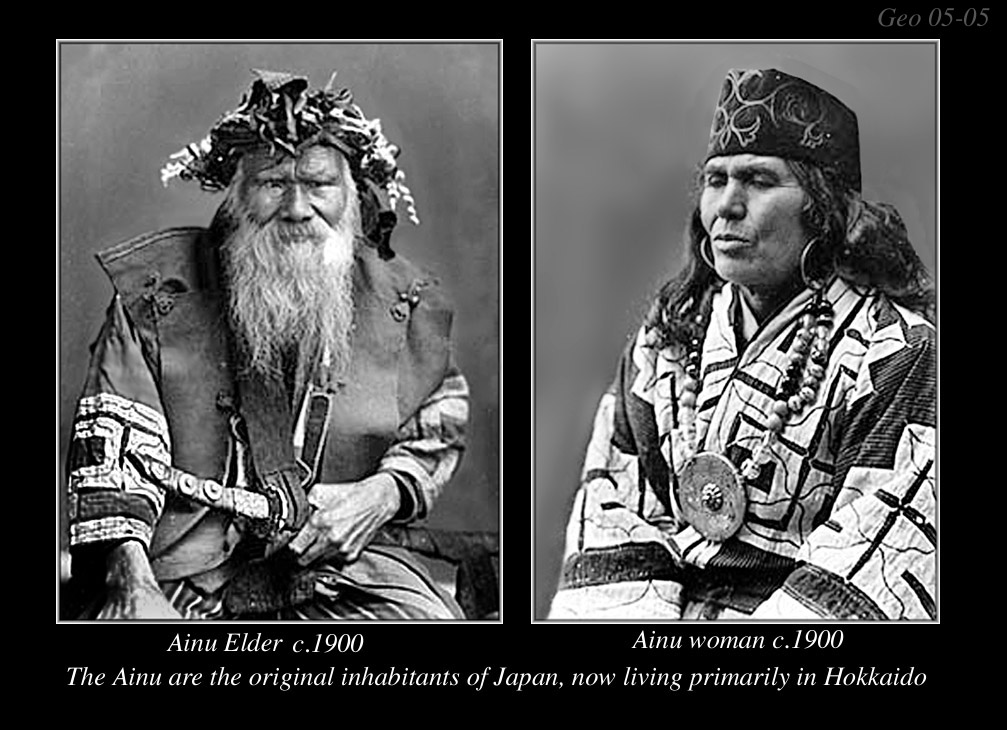Japanese Names

I have an embarrassing admission. It took far too long for several sources to explain to me what is up with Japanese names. Names are one of a handful of cultural issues I readily acknowledged as being different than my Western tradition before I began preparing for my trip here, but, it took me some time asking questions here in Japan before I developed an understanding, so I thought it might be worthwhile to try explain what I’ve learned, if only to hasten my comprehension.
Alright, well, we all have this vague understanding that given names come after family names in Japan, making our contemporary American conception of “first” name fairly meaningless and confusing. Moreover, the family name taking its place in the front of a person’s name is a firmly Asian tradition, from China to Indonesia to most Middle Eastern countries of which I can speak.


